While analog techniques and early compositing appeared as far back as the 1950s, CGI gained mainstream momentum with films like Westworld (1973) and Futureworld (1976)—the latter featuring one of the first 3D-rendered scenes in film history. Since then, movie CGI has evolved dramatically, shaping everything from children’s animation to the Marvel Universe. And while movie CGI has historically transformed filmmaking, it’s also come with a high price tag.
Enter LTX Studio: an AI-powered solution that lowers the barrier to professional-grade video production tools. By bridging this gap, LTX Studio empowers creators to build rich visual worlds without relying on traditional CGI effects or complex render pipelines.
In this piece, we’ll break down what CGI is, how it’s shaped the film industry, and how LTX Studio streamlines the entire process from concept to screen.
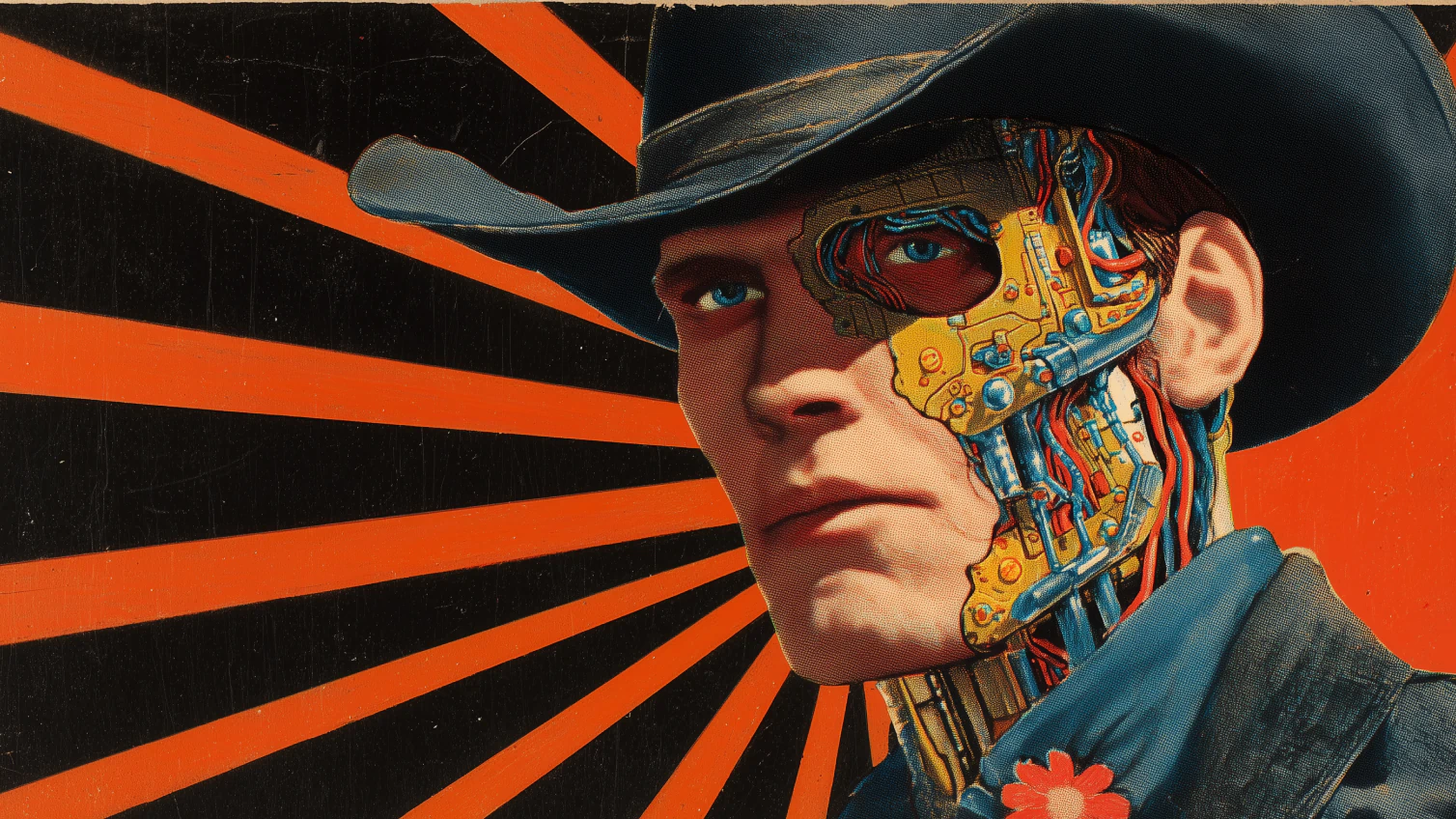
What Is CGI in Movies—and Why It’s Still Evolving
CGI stands for Computer Generated Imagery—digital visuals created using computer software to enhance or replace what’s captured on camera. When we talk about what CGI is in movies, we’re referring to an expansive set of techniques used to do things like design backgrounds, create environments, add effects, and even create characters that don’t exist in the real world.
In the early days, CGI film innovations were rare and expensive. But today, nearly all of the highest-grossing blockbusters—from Avatar to Alice in Wonderland—have relied heavily on CGI to create their worlds. Today, computer generated imagery movies aren't the exception—they’re the norm.
Some iconic examples include:
- Tron (1982), a landmark in Tron CGI history, with its stylized digital world, set a standard for future sci-fi.
- Titanic (1997), blended practical effects with digital ocean simulations and ship composites.
- The Lord of the Rings trilogy, where CGI brought Gollum to life and made massive battle scenes possible.
From Harry Potter’s magical creatures to the legendary reshoots in Justice League, CGI film techniques have raised the bar for visual storytelling—but also introduced a new set of production challenges.
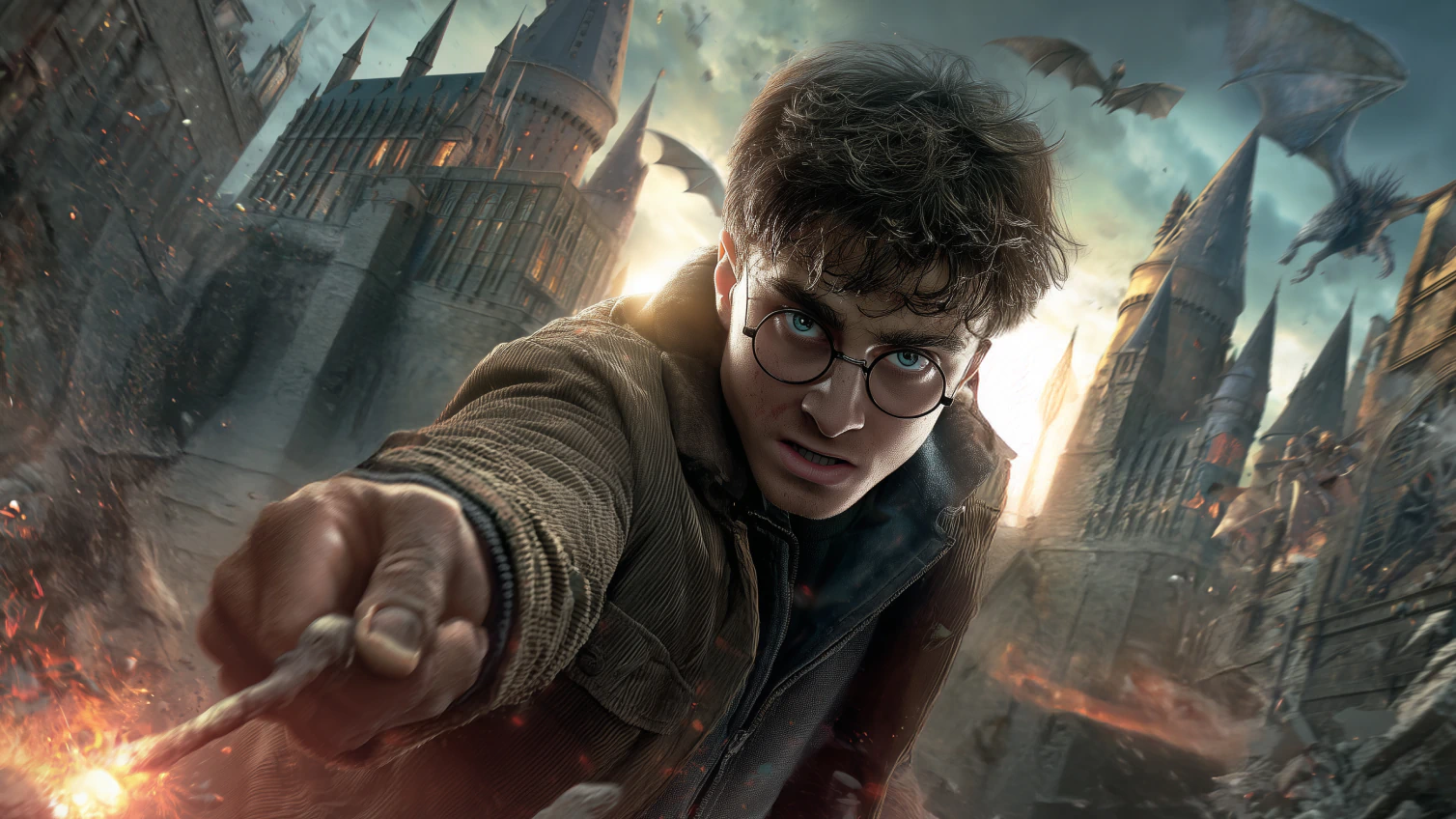
How CGI Has Shaped the Film Industry
The advent—and now normalization—of CGI marked a major turning point in modern filmmaking. Today, directors can bring virtually any idea to life, from otherworldly natural disasters to massive battle sequences featuring thousands of digitally generated characters. This kind of immersive world-building and digital character creation spans all genres, but it’s been especially transformative in fantasy and sci-fi. Franchises like Star Trek, Alice in Wonderland, and the Avatar series have pushed CGI film techniques to new heights—setting audience expectations for visual scale and narrative complexity.
CGI Examples
In this section, we’ll explore CGI examples from three iconic films—each of which used this groundbreaking technology in a distinct way. From realism to stylization to last-minute reshoots, these cases show how CGI film techniques have evolved over time.
Avatar – Revolutionizing Realism Through Motion Capture
Director James Cameron pioneered full-body and facial performance capture in Avatar (2009), using a custom-built setup that was significantly more advanced than anything used before. In fact, more than half of the film was computer-generated, blending live action and CGI 3D animated sequences into a seamless visual world.
For the sequel, Avatar: The Way of Water (2022), Cameron pushed the boundaries again with underwater motion capture, layering in thousands of CGI water effects throughout the underwater sequences.
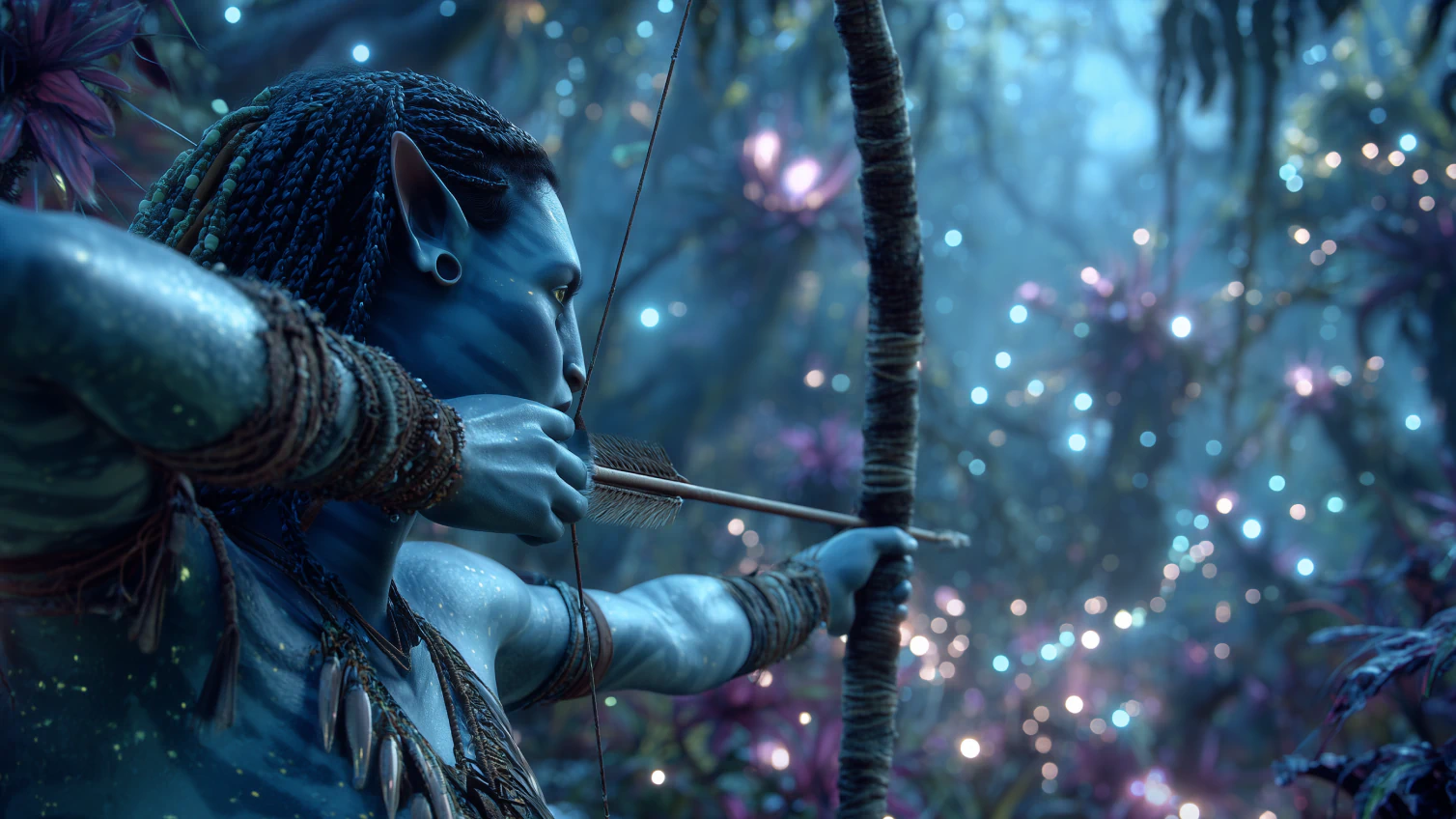
Alice in Wonderland – Stylized CGI Environments
In Tim Burton’s Alice in Wonderland (2010), his signature whimsical style was amplified through CGI environments created almost entirely on green screen. Working closely with his production design team, Burton used digital backdrops, practical puppets, and stylized effects to build a surreal yet believable world.
The film went on to win Best Art Direction at the Oscars, proving how CGI can strengthen storytelling when used with clear intention.
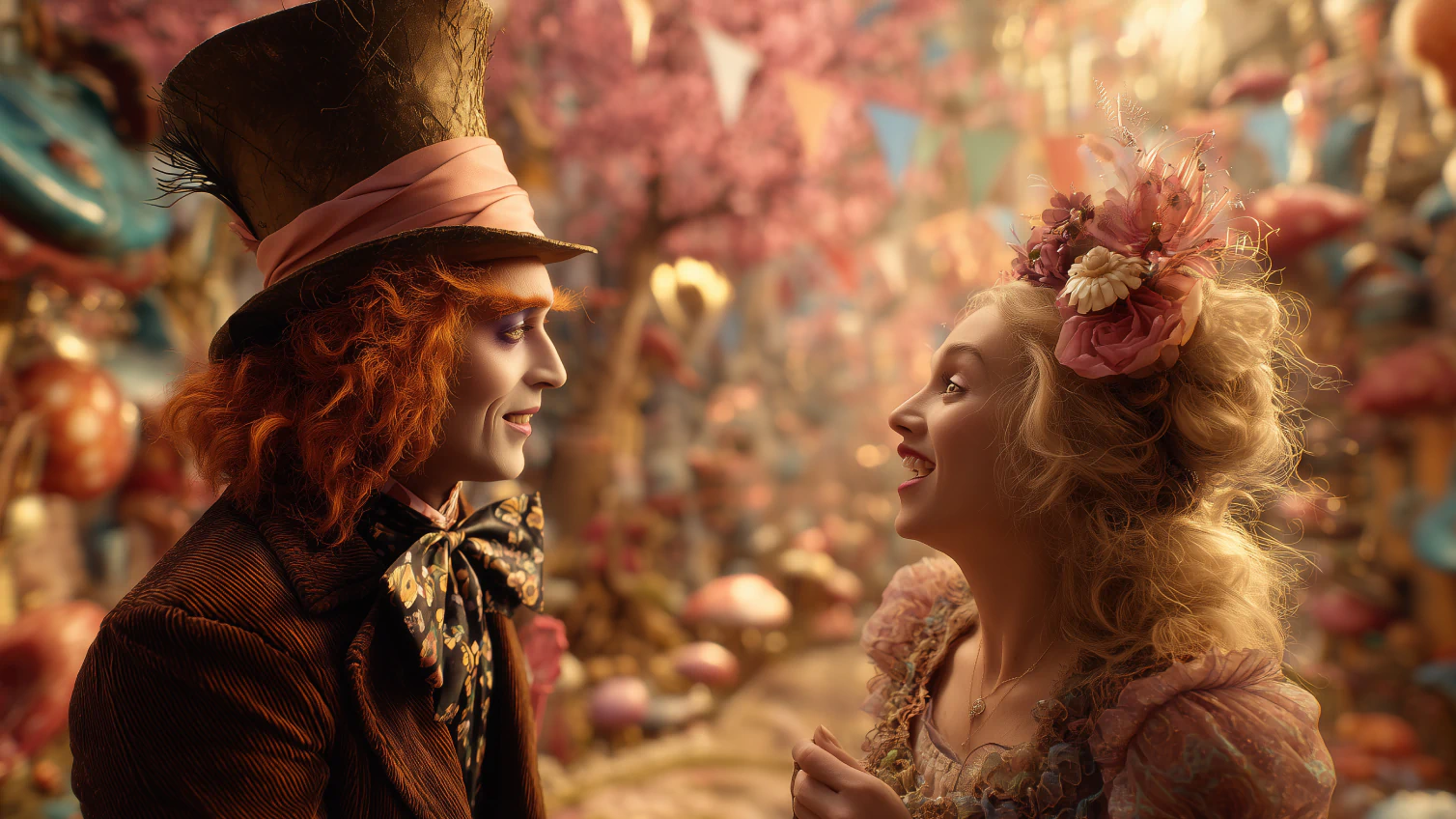
Justice League — Reshoots Powered by CGI
Justice League presents a different kind of case study—one that shows how CGI can be used to troubleshoot production setbacks, though not always seamlessly. After a director change during post-production, Warner Bros. brought in Joss Whedon to rework tone and structure, requiring a significant number of reshoots. These changes included digitally removing Henry Cavill’s mustache, due to his commitment to another film. The rushed VFX work led to highly visible facial CGI that became widely criticized. Additionally, many scenes were reshot with new CGI, which created inconsistent visual flow.
This example illustrates a key takeaway: while CGI can solve logistical challenges, relying on it to fix production problems—especially without adequate planning—can result in the kind of low budget CGI look that audiences immediately notice.
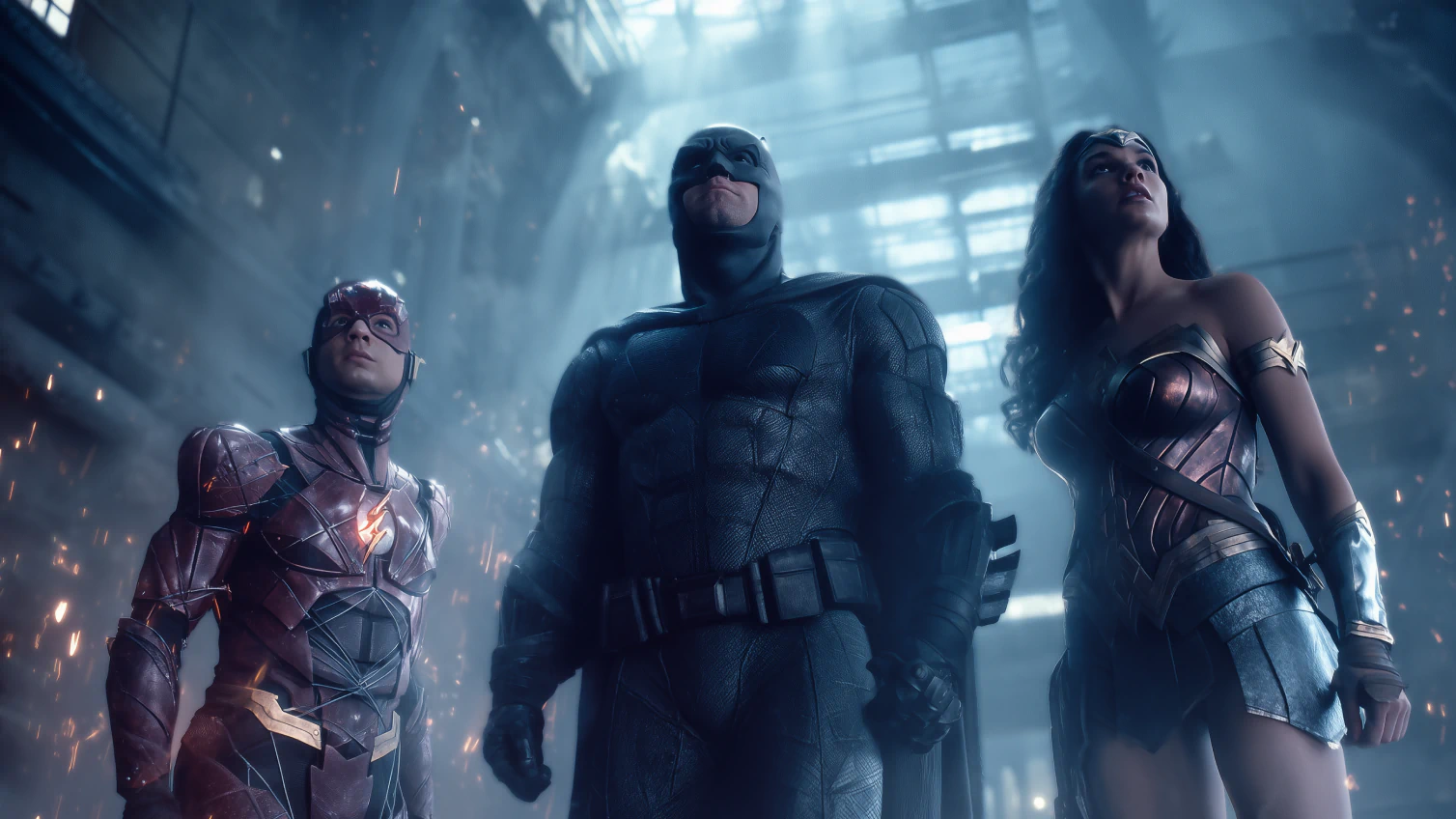
Why LTX Studio Is the Smartest CGI Alternative for Visual Storytelling
LTX Studio is redefining what’s possible in visual storytelling by equipping users with tools that simplify every stage of production. Start with your script, visualize it with AI-powered storyboarding tools, and generate new characters and scenes in minutes. Advanced yet user-friendly, it’s perfect for professionals at any skill level.
Here are three LTX Studio tools you can use to streamline your workflow:
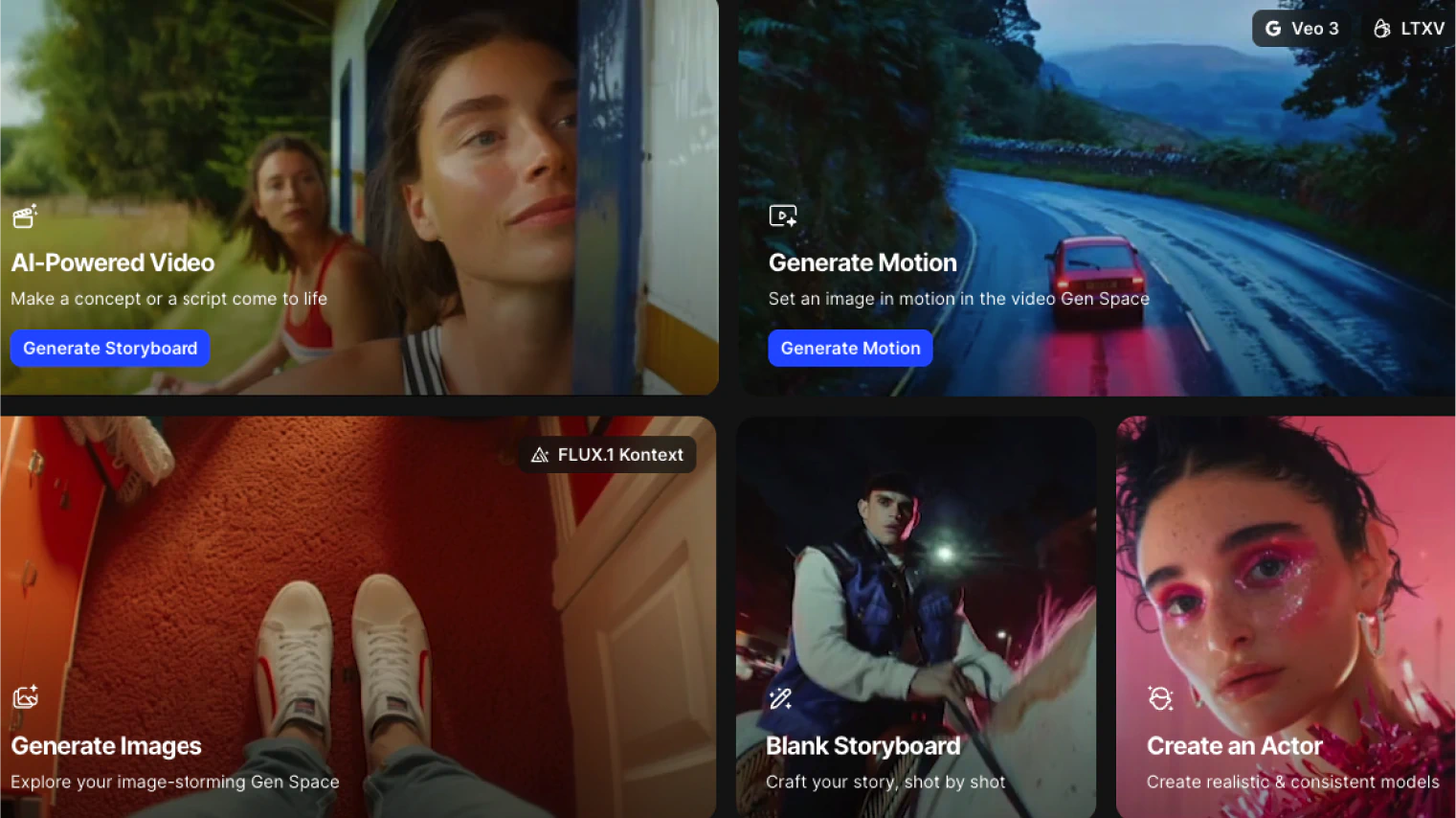
AI Storyboard Generator – Go From Script to Scene in Minutes
With LTX Studio’s AI Storyboard Generator, you can create entire visual sequences—complete with characters, locations, lighting, and weather—directly in your browser. Move from script to storyboard in minutes using CGI AI tools trained to understand story structure and cinematic composition.
Character Generator – Build Cinema-Ready Characters Without Time-Consuming Tasks
Building a character with the traditional CGI workflow includes digital sculpting, texture painting, rigging, animating, and more. To do each of these tasks, different tools are used—often disconnected from the rest of the workflow. For instance, you may use Adobe Photoshop for digital sketching, Blender for 3D modeling, and Maya for rigging. With LTX Studio’s Character Generator, you can define everything from wardrobe to facial expressions—all in one place. It’s a fast, flexible alternative to traditional VFX and CGI character pipelines.
AI Avatars – Digital Performance Without a Studio
Looking for a lead actor but don’t have the budget for the big names you’re imagining? Use LTX Studio’s AI Avatars tool to make your own. You can choose their voice, wardrobe, and design their look to match exactly what’s in your head. Whether you're creating sizzle reels, social media content, or pitch materials, AI avatars help deliver performance without the overhead of traditional animation pipelines.
LTX Studio vs CGI Pipelines: A Visual Comparison
Here’s how LTX Studio compared to the traditional CGI effects workflow:
Traditional CGI Workflow:
- Rendering Time: Typically takes days to weeks to render scenes.
- Tools Required: Relies on professional software such as Maya, Blender, and Nuke.
- Cost: Generally very expensive, often requiring significant financial investment.
- Team Size: Requires a large VFX team to manage the various stages of production.
LTX Studio Workflow:
- Rendering Time: Produces results in seconds to minutes, drastically reducing turnaround time.
- Tools Required: Only needs a browser-based AI platform, eliminating the need for multiple software tools.
- Cost: Operates on a freemium model, making it accessible to a wider range of users.
- Team Size: Designed for solo creators as well as enterprise teams, offering flexibility for different production scales.
Real-World Use Cases: From Short Films to Trailers Without CGI
Creators are using LTX Studio to develop everything from short films and branded trailers to full ad campaigns—without traditional GCI effects, green screens, or render pipelines. Just fast, browser-based AI video production.
Conclusion: AI Is the New Visual Language
LTX Studio eliminates the high costs and complexity traditionally associated with traditional CGI production pipelines, offering a faster, more intuitive way to visualize stories. It gives creators full control over their vision with the speed and affordability that today’s projects demand.
For teams looking to break free from expensive pipelines, it’s the future-forward solution for low budget CGI storytelling.
From Movie CGI To AI FAQs
How has CGI evolved in the film industry?
CGI (Computer Generated Imagery) gained mainstream momentum with Westworld (1973) and Futureworld (1976), then evolved dramatically through landmarks like Tron (1982), Titanic (1997), and The Lord of the Rings trilogy. Today, nearly all highest-grossing blockbusters from Avatar to Alice in Wonderland rely heavily on CGI to create immersive worlds and digital characters.
How does LTX Studio compare to traditional CGI workflows?
Traditional CGI requires days to weeks for rendering, professional software like Maya and Blender, expensive costs, and large VFX teams. LTX Studio produces results in seconds to minutes using only a browser-based AI platform on a freemium model designed for solo creators and enterprise teams, eliminating complex render pipelines.
What LTX Studio tools replace traditional CGI processes?
The AI Storyboard Generator creates visual sequences from script in minutes, the Character Generator defines wardrobe and expressions without time-consuming sculpting and rigging, and AI Avatars create digital performances without studios or traditional animation pipelines—all in one unified platform instead of disconnected tools.


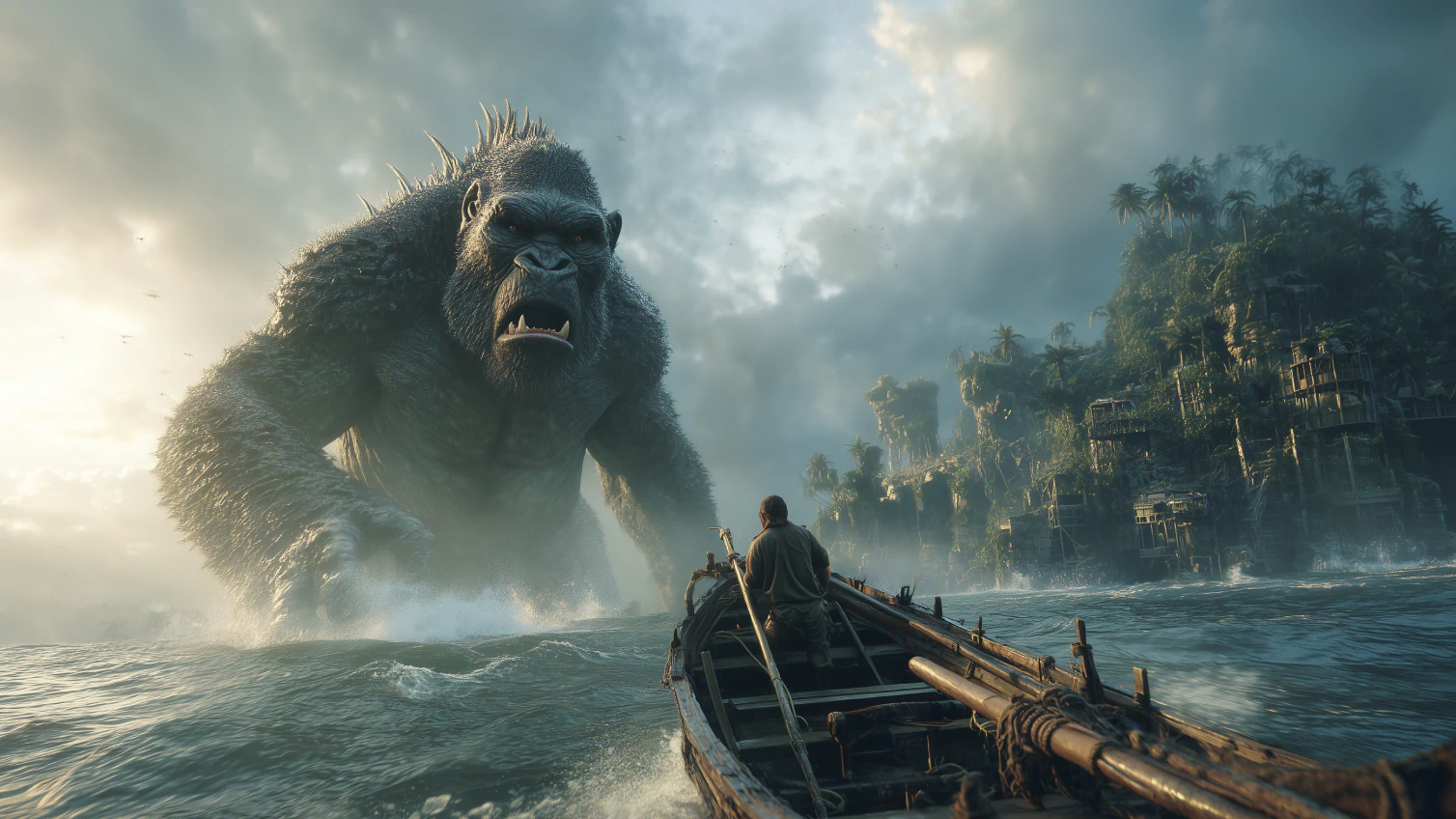













.jpeg)

.png)







